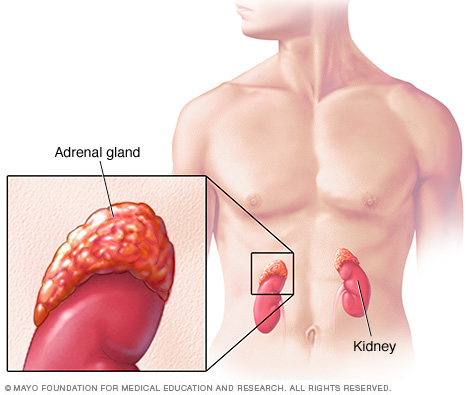Disease Information
Opsoclonus-myoclonus syndrome (OMS) and Neuroblastoma
This information is a brief summary of the extensive information provided by resource links below. Please visit their websites to learn more.
General Discussion
Opsoclonus-myoclonus syndrome (OMS) is a paraneoplastic neurological disorder. It is characterized by associated ocular, motor, behavioral, sleep, and language disturbances. The onset is usually abrupt, often severe, and can become chronic.
Signs & Symptoms
The component features of OMS include repeated, rapid eye movements in both horizontal and vertical directions (opsoclonus); unsteady, gait (ataxia); brief, repeated, shock-like spasms of several muscles within the arms, legs (myoclonus). Extreme irritability, reduced and fragmented sleep, rage attacks, difficulty articulating speech (dysarthria), or inability to speak (mutism), and decreased muscle tone (hypotonia) are common.
Causes
When opsoclonus and myoclonus occur together, the cause is a tumor until proven otherwise. In approximately 50 percent of affected individuals, a tumor of embryonic nerve cells (neuroblastoma) is responsible for the symptoms associated with OMS. In other cases, the disorder has been attributed to a viral infection such as Coxsackie virus B3, or St. Louis encephalitis virus, however, the high rate of spontaneous tumor regression means that the tumor may be gone before it is looked for. Other causes are even rarer.
Affected Populations
OMS is a rare disorder: 1 in a million individuals worldwide. It usually affects infants and young children, although it is also known to affect adults. The peak age in children is about 18 months, with a long tail out to about 5 – 6 years. Occurrence in infants under 6 months is very quite uncommon, and opsoclonus in that age group, when isolated, is usually from another cause. It occurs in males and females in fairly equal numbers. OMS occurs in about 3% of all children with neuroblastomas..
Neuroblastoma
 Neuroblastoma is a cancer that develops from immature nerve cells found in several areas of the body.
Neuroblastoma most commonly arises in and around the adrenal glands, which have similar origins to nerve cells and sit atop the kidneys. However, neuroblastoma can also develop in other areas of the abdomen and in the chest, neck and near the spine, where groups of nerve cells exist.
Neuroblastoma most commonly affects children age 5 or younger, though it may rarely occur in older children.
Some forms of neuroblastoma go away on their own, while others may require multiple treatments.
Neuroblastoma is a cancer that develops from immature nerve cells found in several areas of the body.
Neuroblastoma most commonly arises in and around the adrenal glands, which have similar origins to nerve cells and sit atop the kidneys. However, neuroblastoma can also develop in other areas of the abdomen and in the chest, neck and near the spine, where groups of nerve cells exist.
Neuroblastoma most commonly affects children age 5 or younger, though it may rarely occur in older children.
Some forms of neuroblastoma go away on their own, while others may require multiple treatments.
Treatments
Neuroblastoma treatment options will depend on several factors. The child's doctor selects a treatment plan based on several factors that affect the child's prognosis. Factors include the child’s age, the stage of the cancer, the type of cells involved in the cancer, and whether there are any abnormalities in the chromosomes and genes. The child’s doctor then uses this information to categorize the cancer as low risk, intermediate risk or high risk. What treatment or combination of treatments the child receives for neuroblastoma depends on the risk category.